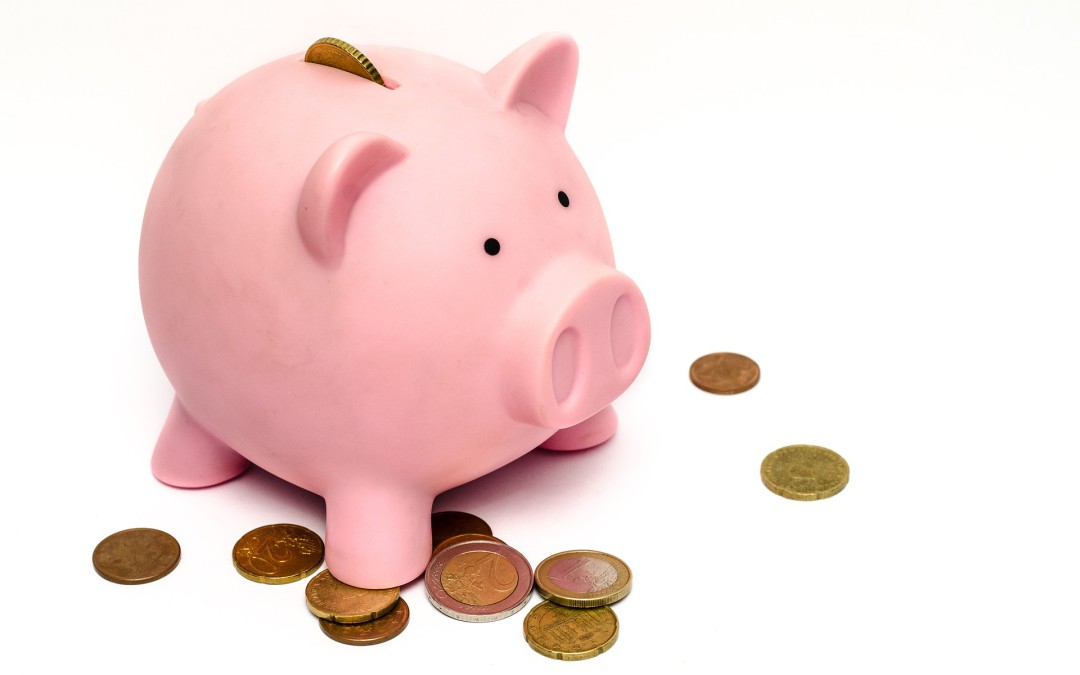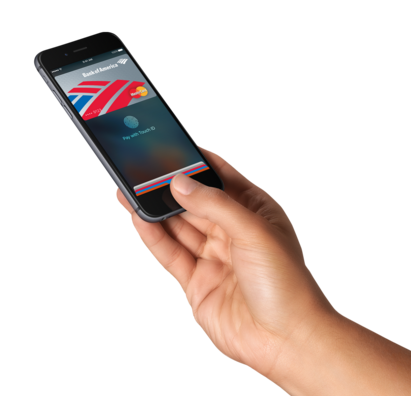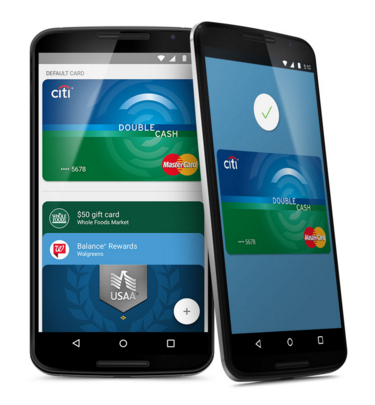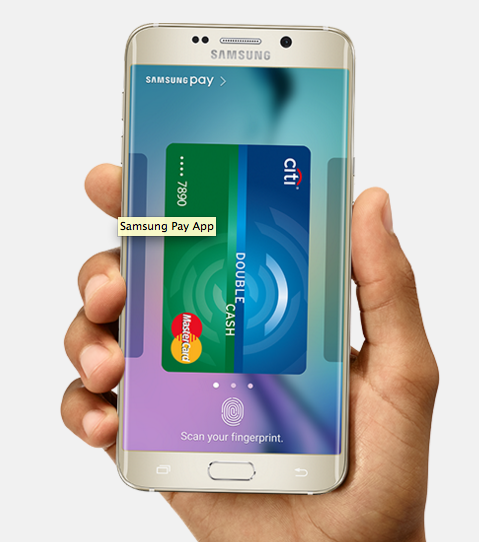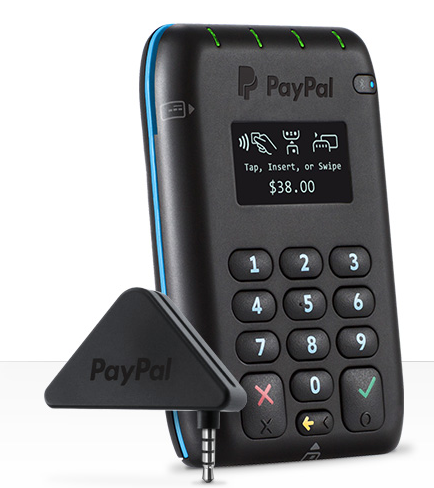The recent explosion of mobile payment apps could signal the end of traditional wallets stuffed with credit and debit cards. By leveraging social and mobile capabilities, as well as utilizing cloud computing and SaaS models, these mobile wallets have a leg up on traditional banks, which are often slower to innovate because of stricter regulations. A recent report by Accenture predicts that unless traditional U.S. banks learn to emulate these tech disruptors, they stand to lose as much as 35% of their market share by 2020.
A recent study by Nielson on mobile payments found that 40% of mobile wallet users reported it their primary method of settling the bill. Demographically, users age 18-34 account for the 55% majority of active mobile payments. Mobile payments appeal across gender and income levels, too. As more mobile payment methods move from QR codes to NFC, the convenience and ease of paying via mobile wallet apps could make it the new norm. If you’re skeptical of paying for everything with your phone, rest assured that mobile payment methods are actually more secure than using your credit or debit card, because they do not use your card number. Instead, they use a randomly generated number called a token. These tokens change with every transaction, making fraud much less likely. In the future we can expect to see a huge rise in mobile biometrics as a way to further increase payment authenticity. In the meantime, here are four mobile wallet disruptors to keep an eye on as we head toward 2016:
1. Apple Pay
Now available in the U.S. and the U.K., Apple Pay allows iPhone 6 or iWatch users to make retail payments via Near Field Communication (NFC). With international rollout plans in the works, Apple Pay already accepted at over 700,000 locations, including major retailers like Whole Foods, Staples, Nike, Subway, Macy’s, and of course, Apple. You can even pay for entry into U.S. national parks with Apple Pay. Apple already has deals with the four major credit card providers, and Discover recently joined as well. Retail rewards cards are also in the works, which will make it simple to automatically apply rewards in one simple checkout, providing incentives that will play a big part in the rising popularity of mobile wallets.
2. Android Pay
Android Pay is also NFC enabled, and allows you to quickly pay with your default card at locations with NFC enabled checkouts. It’s currently not linked with any apps, as the Apple Pay is, but Google says they’re working on app integration. A plus side of Android Pay is that it’s available on lots of Android phones, unlike Apple, which requires an iPhone 6 or later.
3. Samsung Pay
Samsung just launched its competitor to Apple and Android Pay, and it tops them both in one major way: Galaxy users can use it to pay in more stores than any other mobile payment device. Utilizing NFC and MST (magnetic secure transfer), Samsung Pay can be used at NFC enabled checkouts, and also at regular card readers through the MST feature. It’s also compatible with EMV readers, so the recent shift to EMV in the United States will pose no hassle for Samsung users. This one’s the clear winner in terms of being accepted at the most locations.
4. Paypal Here
Eager to stay relevant in a sea of rapid payment innovations, Paypal just launched its latest device in the U.S. The Paypal Here Chip Card Reader enables retailers to process Apple, Android, and Samsung Pay. Because the U.S. recently upgraded to EMV—smart cards that store data on magnetic chips instead of chips, which have been popular in other countries for a few years now—Paypal’s device comes at the perfect time. In order to comply with new liability laws that took effect October 1st, many retailers will have to upgrade their systems to be able to process these mobile payments. Now you can tap, insert, or swipe pretty much any form of payment with this handheld device. The payment reader is going for $149, with an incentive program for small business owners who can earn cash back for making $3000 of sales on the device within the first three months.
The Bottom Line
These new mobile wallet options aim to make purchases easy and painless for consumers. Retailers who don’t keep pace with the changes will suffer the loss of business as the way of the financial future becomes increasingly mobile.
